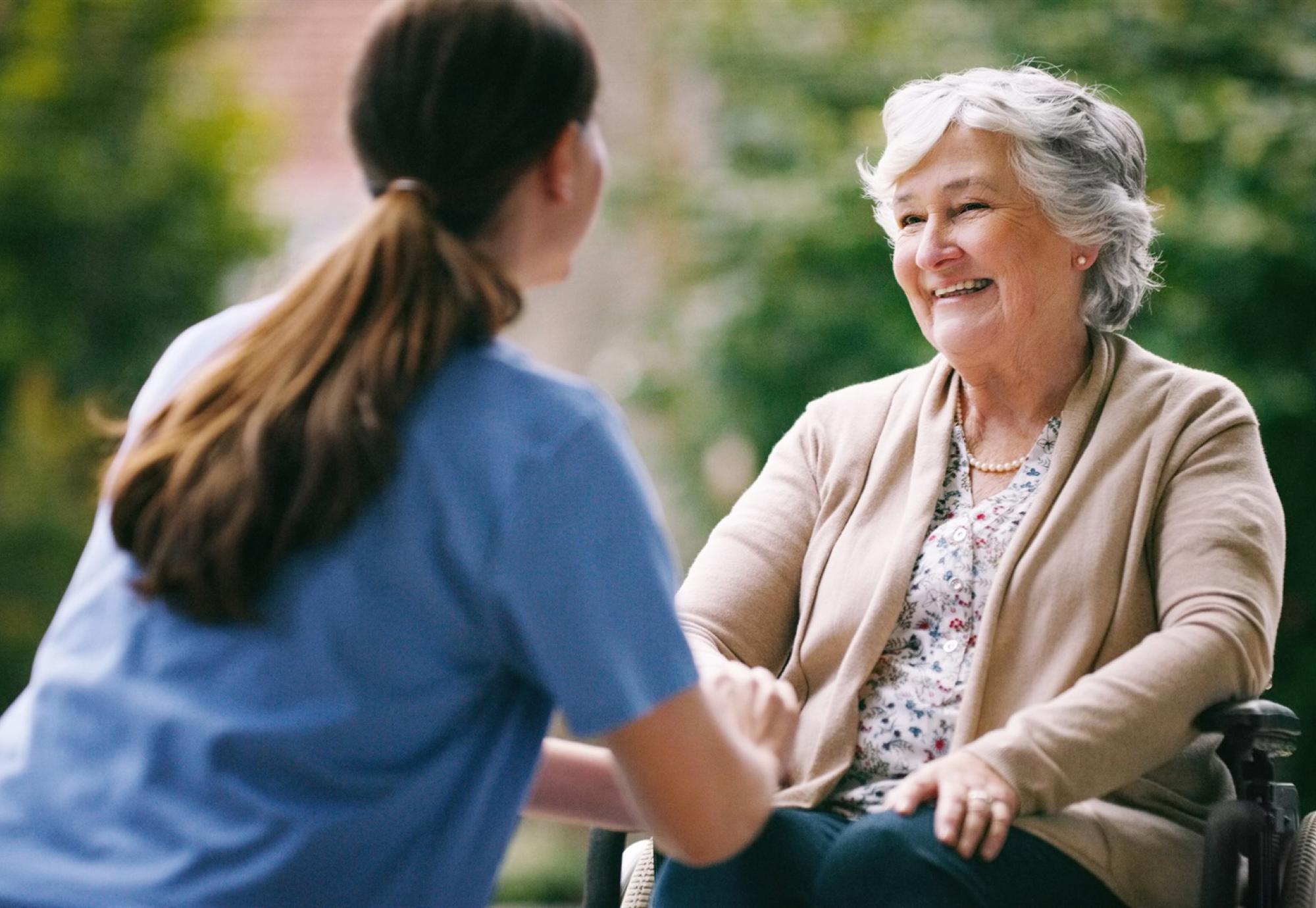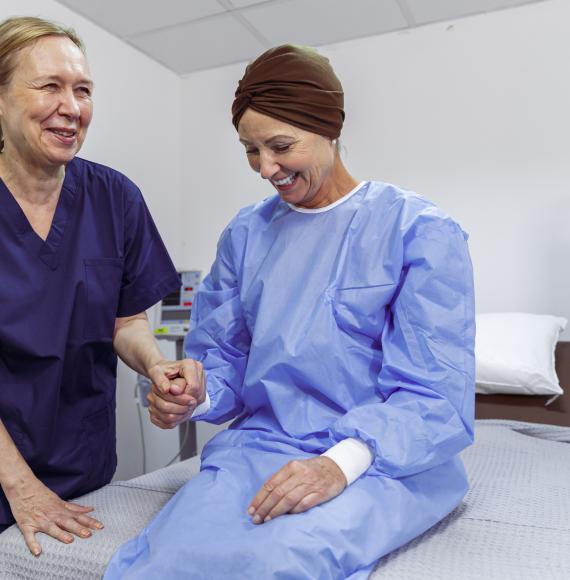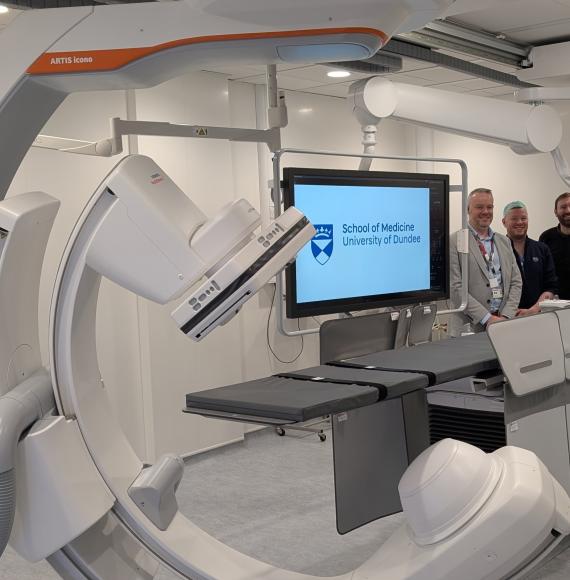Proposals to create a £70m NHS Rehabilitation Centre in Nottinghamshire, which could see services move from Nottingham city centre to a new specialist site near Loughborough, are set to undergo a public consultation period.
As part of the consultation process, patients, families and carers are being invited to give their views on transferring existing rehabilitation services from Nottingham City Hospital’s Linden Lodge facility to a new centre at Stanford Hall Rehabilitation Estate.
The consultation comes after a health campaign group lodged its opposition to any plans to close a rehabilitation service at Nottingham City Hospital.
However, a current shortage of beds for specialist rehabilitation in the East Midlands has been raised by NHS commissioners from Nottingham and wider Nottinghamshire, who argue the development of the new centre will increase access to more rehabilitation beds and allow all services and staff which patients may require to be housed under one roof.
Should the consultation prove successful and the new centre at Stanford Hall progress, it would see the first inpatient rehabilitation services available in the East Midlands for people with complex injuries or who need intensive rehabilitation after a period of serious illness.
Currently, inpatient rehabilitation available in the region only covers neurological patients.
The consultation is set to run from July 27 to September 18, 2020.
Dr James Hopkinson, Joint Clinical Leader, Nottingham and Nottinghamshire CCG, told Nottinghamshire Live: “The creation of an NHS Rehabilitation Centre will provide NHS patients with access to teams of skilled professionals working as part of a medical consultant-led team to support their rehabilitation, enabling them to meet their full potential to return to their daily lives.
“The potential benefits include greater access to care through open referrals, increased capacity for specialist rehabilitation in the region and shorter waiting times for treatment.
“We believe that the services proposed will provide better outcomes for patients and crucially, help them get back to their lives sooner because they have received intensive rehabilitation.”



















